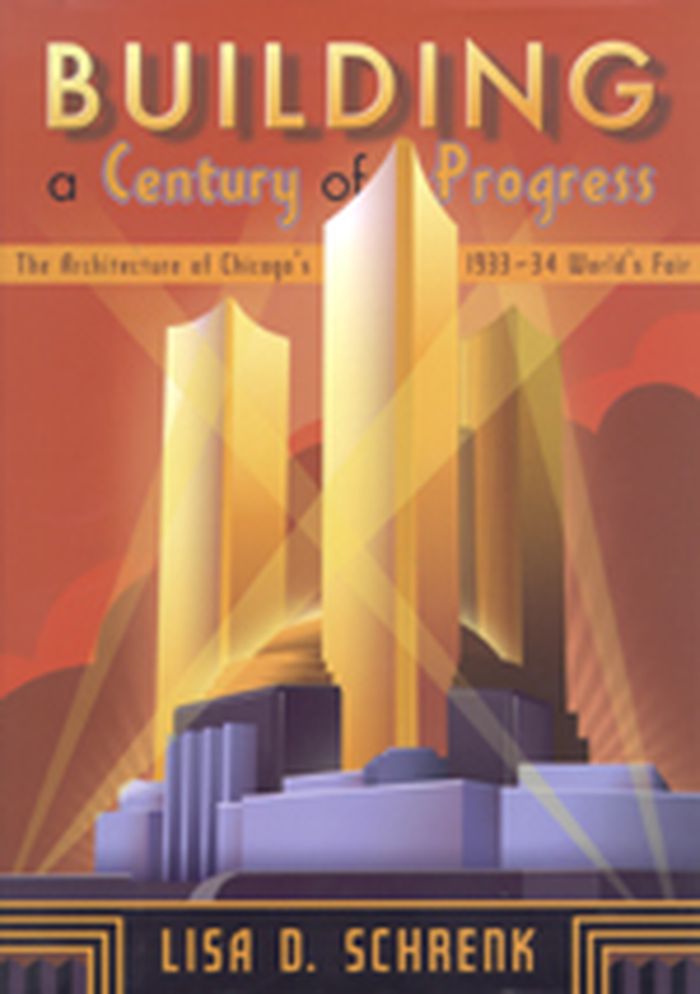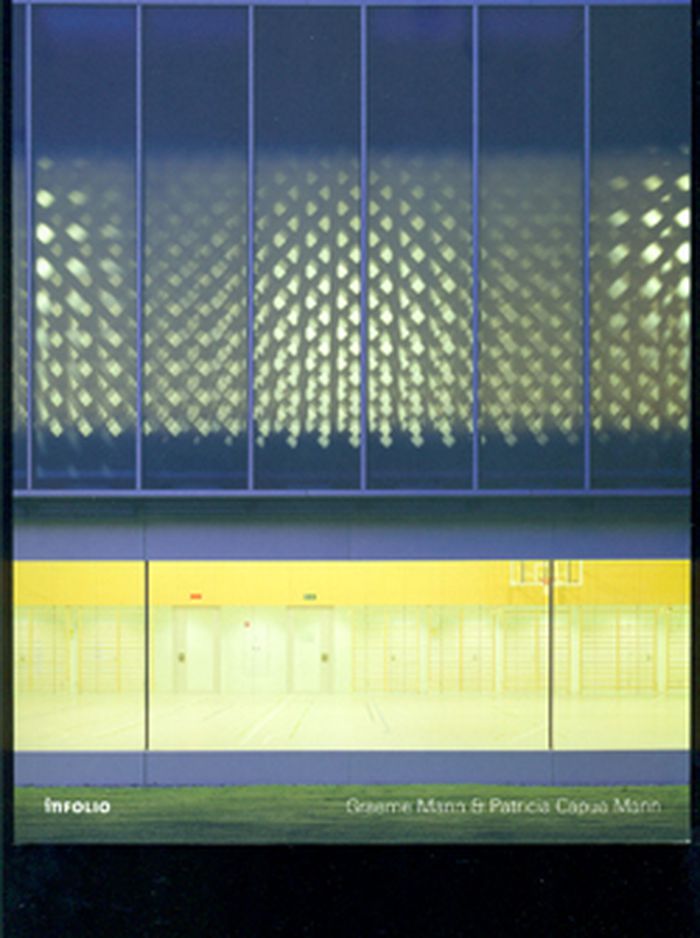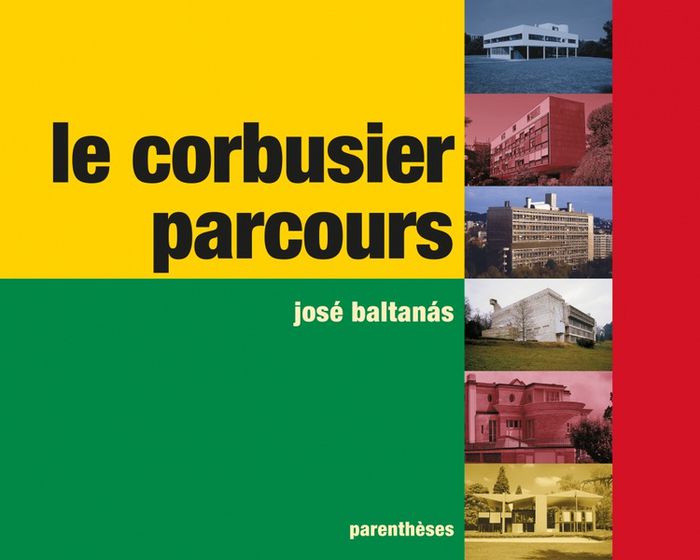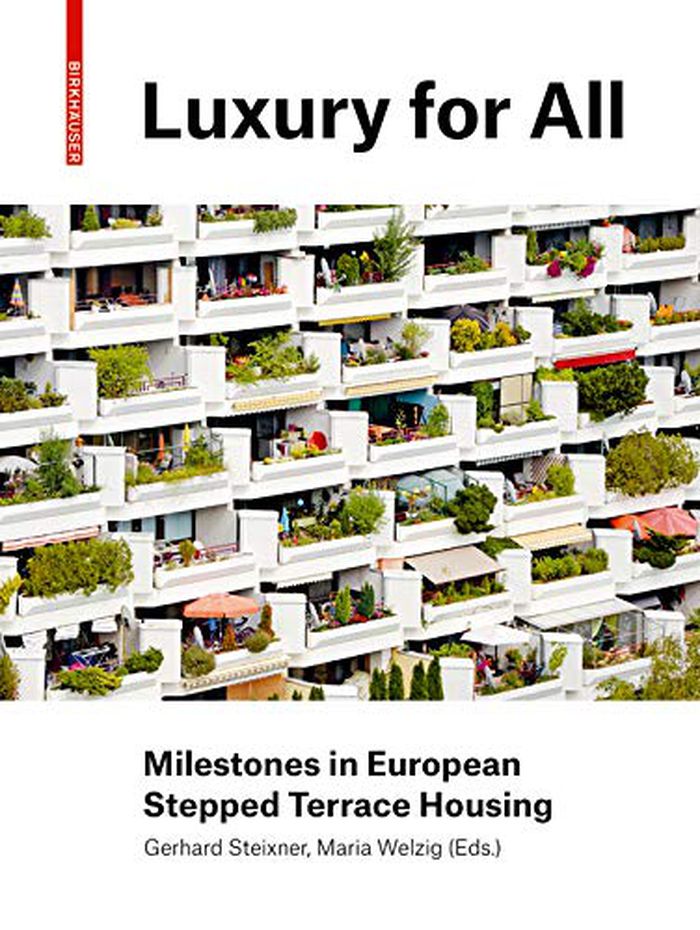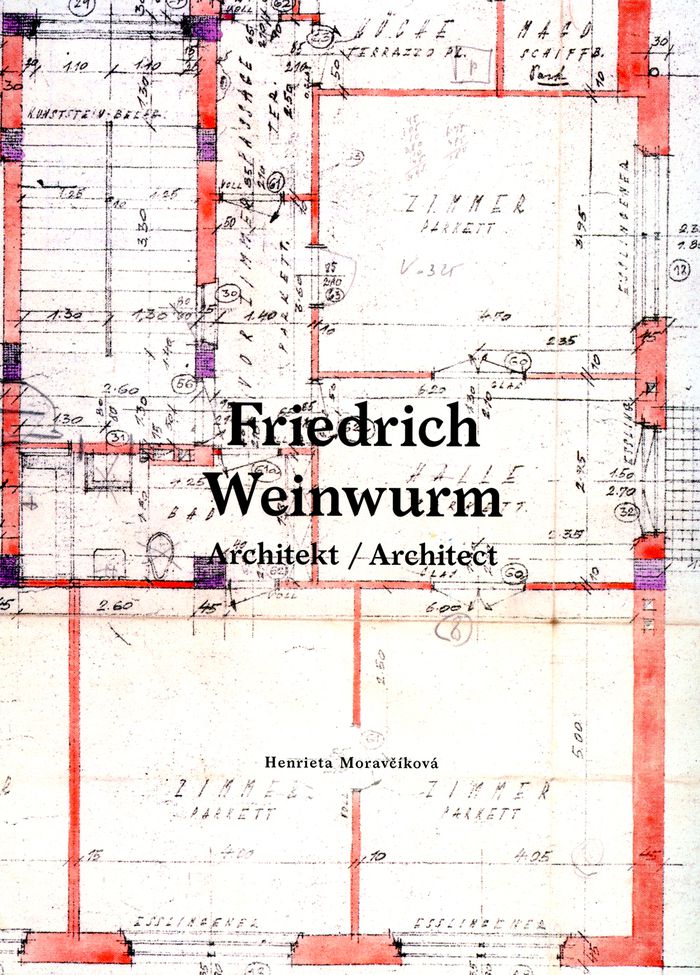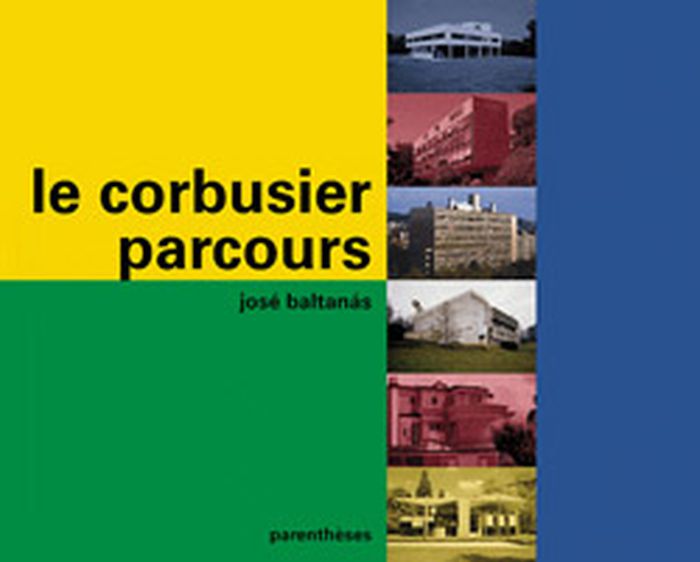$45.00
(disponible sur commande)
Résumé:
From the summer of 1933 to the fall of 1934, more than 38 million fairgoers visited a 3-mile stretch along Lake Michigan, home to Chicago’s second World’s Fair. Millions more experienced the Century of Progress International Exposition through newspaper and magazine articles, newsreels, and souvenirs. Together, all marveled at the industrial, scientific, consumer, and(...)
août 2007, Minneapolis, London
Building a century of progress : the architecture of Chicago's 1933-34 World's Fair
Actions:
Prix:
$45.00
(disponible sur commande)
Résumé:
From the summer of 1933 to the fall of 1934, more than 38 million fairgoers visited a 3-mile stretch along Lake Michigan, home to Chicago’s second World’s Fair. Millions more experienced the Century of Progress International Exposition through newspaper and magazine articles, newsreels, and souvenirs. Together, all marveled at the industrial, scientific, consumer, and cultural displays, many of which were housed in fifty massive and colorful exhibition halls, the largest architectural project realized in the United States during the Great Depression. In the richly illustrated "Building a century of progress", Lisa D. Schrenk explores the pivotal role of the 1933 Chicago World’s Fair in modern American architecture. She recounts how the exposition’s architectural commission promoted a broad definition of modern architecture, not relying on purely aesthetic characteristics but instead focusing on new design solutions. The fair’s pavilions incorporated recently introduced building materials such as masonite and gypsum board; structural innovations (for example, the first thin-shell concrete roof and the first suspended roof structures built in the United States); and new construction processes, most notably the use of prefabrication. They also featured curiosities like the giant, constantly operating mayonnaise maker and the glass-walled House of Tomorrow, which had no operable windows. Schrenk shows how the halls’ designs reflected cultural and political developments of the period, including the expanding relationships between science, industry, and government; the rise of a corporate consumer culture; and the impact of the Great Depression. Many of the designs provoked intense responses from critics and other prominent architects, including Frank Lloyd Wright and Ralph Adams Cram, fueling heated debates over the appropriate direction for architecture in the United States. Demonstrating the rich diversity of progressive American building design seen at the fair, this book captures a crucial moment in American modernism.
livres
AD : neoplasmatic design
$50.00
(disponible sur commande)
Résumé:
Investigating the current groundswell of experiments and creative work that utilises design as a method to explore and manipulate actual biological material, Neoplasmatic Design presents the impact of emerging and progressive biological advances upon architectural and design practice. The rapid development of innovative design approaches in the realms of biology,(...)
décembre 2008, London
AD : neoplasmatic design
Actions:
Prix:
$50.00
(disponible sur commande)
Résumé:
Investigating the current groundswell of experiments and creative work that utilises design as a method to explore and manipulate actual biological material, Neoplasmatic Design presents the impact of emerging and progressive biological advances upon architectural and design practice. The rapid development of innovative design approaches in the realms of biology, microbiology, biotechnology, medicine and surgery has immense significance for architecture, being as important for their cultural and aesthetic impact as for their technical implications. Featured architects include Peter Cook, Tobias Klein, Kol/Mac, Make, R(n), Neil Spiller and VenhoevenCS. Longer contributions from medical practitioners, architects and artists: Rachel Armstrong, Marcos Cruz, Anthony Dunne, Nicola Haines, Steve Pike, Yukihiko Sugawara, and Oron Catts and Ionat Zurr/SymbioticA. Features international research projects undertaken at the Bartlett School of Architecture, UCL, the Royal College of Art in London, the University of Western Australia and the Nagaoka Institute of Design in Japan.
livres
décembre 2008, London
$75.95
(disponible sur commande)
Résumé:
Graeme Mann et Patricia Capua Mann font partie des architectes qui partagent un même intérêt pour l'enseignement et la pratique, deux activités qui se nourrissent mutuellement. Ils ont ainsi enseigné, dans le cadre de l'EPFL, dans les ateliers de Mangeat, Chipperfield, Fretton, Campo Baeza, Zanghelis et ont été nommés professeurs invités en 2006-2007. Dans l'architecture(...)
Graeme Mann & Patricia Capua Mann
Actions:
Prix:
$75.95
(disponible sur commande)
Résumé:
Graeme Mann et Patricia Capua Mann font partie des architectes qui partagent un même intérêt pour l'enseignement et la pratique, deux activités qui se nourrissent mutuellement. Ils ont ainsi enseigné, dans le cadre de l'EPFL, dans les ateliers de Mangeat, Chipperfield, Fretton, Campo Baeza, Zanghelis et ont été nommés professeurs invités en 2006-2007. Dans l'architecture de Mann Et Capua Mann, malgré le fait que chaque projet a sa propre spécificité et répond à un contexte précis, on peut relever une sorte de recherche continue et progressive autour des mêmes thèmes : l'emploi de la géométrie orthogonale, la simplicité des formes, une mise en œuvre sensible des matériaux et enfin une grande attention apportée au contexte.
Architecture, monographies
vidéo
Description:
2 videodiscs (4h20 + 1h05) : sound, color ; 4 3/4 in.
[Paris] : Editions Après, 2005.
Works & process : Kawamata / avec la participation du Ministère de la Culture et de la Communication/Centre National de Arts Plastiques et le soutien du Centre National de la Cinématographie ; [directeurs de production: Gilles Oudert, David Clougher].
Actions:
Exemplaires:
Description:
2 videodiscs (4h20 + 1h05) : sound, color ; 4 3/4 in.
vidéo
[Paris] : Editions Après, 2005.
Le Corbusier parcours
$61.95
(disponible sur commande)
Résumé:
Parcourir l'oeuvre de Le Corbusier, depuis ses premières villas à La Chaux-de-Fonds jusqu'aux bâtiments majeurs de l'après-guerre (l'Unité d'habitation de Marseille, le couvent de La Tourette), parcourir les différents types de programmes auxquels l'architecte a été confronté (habitation individuelle, logement social, bâtiment public civil ou religieux), et surtout(...)
Le Corbusier parcours
Actions:
Prix:
$61.95
(disponible sur commande)
Résumé:
Parcourir l'oeuvre de Le Corbusier, depuis ses premières villas à La Chaux-de-Fonds jusqu'aux bâtiments majeurs de l'après-guerre (l'Unité d'habitation de Marseille, le couvent de La Tourette), parcourir les différents types de programmes auxquels l'architecte a été confronté (habitation individuelle, logement social, bâtiment public civil ou religieux), et surtout parcourir chacun de ces bâtiments par une approche progressive à l'aide de plans-séquences photographiques, pour percevoir toute la richesse des espaces intérieurs et visualiser, tel l'usager, la qualité architecturale du lieu, mélange de géométrie et d'émotion, de matière et de lumière. Chaque projet est lui-même l'occasion de revisiter la pensée de Le Corbusier, à travers ses écrits, ses croquis et dessins préparatoires et de mettre ainsi en perspective l'édifice avec l'ensemble de la production passée ou à venir de l'architecte.
Architecture, monographies
$64.95
(disponible en magasin)
Résumé:
The stepped terraced house is a type of building that meets modern housing requirements: it is economical and offers ample living space with the comfort of terrace and garden. Rising to popularity with the advent of new social movements it was forgotten with the progressive erosion of the new ideas of society and relegated them to obscurity or even to their(...)
Luxury for everyone: milestones in European stepped terrace housing
Actions:
Prix:
$64.95
(disponible en magasin)
Résumé:
The stepped terraced house is a type of building that meets modern housing requirements: it is economical and offers ample living space with the comfort of terrace and garden. Rising to popularity with the advent of new social movements it was forgotten with the progressive erosion of the new ideas of society and relegated them to obscurity or even to their disqualification as eyesores. Yet the enduring satisfaction of residents and ecological advantages of green houses make terraced housing as attractive as ever. The buildings studied in the book are not only architectural icons today; even today, one can still learn from them about what residential buildings need. One proponent of this building style was Harry Gluck; part of his text pleading the case for a green city is printed here.
Architecture résidentielle
$143.95
(disponible sur commande)
Résumé:
Friedrich Weinwurm, a contemporary of Le Corbusier, Mies van der Rohe or Walter Gropius and one of the most noteworthy architects of Slovakia, can be ranked among the leading representatives of the interwar Central European architectural avant-garde. His legacy of several dozen designed and completed office buildings, single-family houses, villas and housing complexes(...)
Friedrich Weinwurm, architect
Actions:
Prix:
$143.95
(disponible sur commande)
Résumé:
Friedrich Weinwurm, a contemporary of Le Corbusier, Mies van der Rohe or Walter Gropius and one of the most noteworthy architects of Slovakia, can be ranked among the leading representatives of the interwar Central European architectural avant-garde. His legacy of several dozen designed and completed office buildings, single-family houses, villas and housing complexes (Nová Doba, Unitas) forms an oeuvre attracting admiration today. His progressive social program and clear principles for architectural design influenced the Slovak architectural scene of the 1920s and 1930s more than the work of any other architect. The publication contains a comparison between Weinwurm´s work and its contemporary efforts on both the local and international levels, as well as its integration into the context of the domestic and broader European architectural situation.
Architecture, monographies
Parcours : Le Corbusier
$54.95
(disponible sur commande)
Résumé:
Parcourir l'oeuvre de Le Corbusier, depuis ses premières villas à la Chaux-de-Fonds jusqu'aux bâtiments majeurs de l'après-guerre (l'Unité d'habitation de Marseille, le couvent de La Tourette), parcourir les différents types de programmes auxquels l'architecte a été confronté (habitation individuelle, logement social, bâtiment public civil ou religieux), et surtout(...)
Parcours : Le Corbusier
Actions:
Prix:
$54.95
(disponible sur commande)
Résumé:
Parcourir l'oeuvre de Le Corbusier, depuis ses premières villas à la Chaux-de-Fonds jusqu'aux bâtiments majeurs de l'après-guerre (l'Unité d'habitation de Marseille, le couvent de La Tourette), parcourir les différents types de programmes auxquels l'architecte a été confronté (habitation individuelle, logement social, bâtiment public civil ou religieux), et surtout parcourir chacun de ces bâtiments par une approche progressive à l'aide de plans-séquences photographiques, pour percevoir toute la richesse des espaces intérieurs et visualiser, tel l'usager, la qualité architecturale du lieu, mélange de géométrie et d'émotion, de matière et de lumière. Chaque projet est lui-même l'occasion de revisiter la pensée de Le Corbusier, à travers ses écrits, ses croquis et dessins préparatoires et de mettre ainsi en perspective l'édifice avec l'ensemble de la production passée ou à venir de l'architecte.
Architecture, monographies
$118.00
(disponible sur commande)
Résumé:
The first issue of the legendary architecture journal "Pencil Points" appeared in 1920 as "a journal for the drafting room." Born out of "The Architectural Review", and merged with "Progressive Architecture" in 1943, "Pencil Points" became the leading voice in architectural and graphic design when modernism flourished, introducing key players from America and Europe. It(...)
Théorie de l’architecture
janvier 1900, New York
Pencil points reader : a journal for the drafting room, 1920-1943
Actions:
Prix:
$118.00
(disponible sur commande)
Résumé:
The first issue of the legendary architecture journal "Pencil Points" appeared in 1920 as "a journal for the drafting room." Born out of "The Architectural Review", and merged with "Progressive Architecture" in 1943, "Pencil Points" became the leading voice in architectural and graphic design when modernism flourished, introducing key players from America and Europe. It also established the agenda in architectural theory: multivolume pieces by John Harbeson, Talbot Hamlin, Hugh Ferris, and others dealt with major issues that are still relevant today - architectural education and practice, small-house design and portable housing, city planning, and the influence (or not) of modernism. Items like George Nelson's series of reports from Europe in the early 1930's, H. Van Buren Magonigle's diatribes against modernism, and a glossary of École des Beaux-Arts terms sit side-by-side with the best architectural drawings and photographs of the 20th century. "Pencil Points Reader" re-publishes the most important essays from the journal's 23 years, arranged chronologically, and offers an insider's introduction by John Morris Dixon, the former executive editor of "Progressive Architecture".
Théorie de l’architecture
$19.95
(disponible sur commande)
Résumé:
Celebrated as the world’s most innovative city in 2013, Medellín is the quintessential symbol for urban metamorphosis. What makes it a reference model lies as much in its exceptional public facilities and infrastructure as it does in the socially driven, progressive urban policies and bold formats for cooperation. Medellín: Topography of Knowledg is an exhibition and(...)
Medellin: topography of knowledge
Actions:
Prix:
$19.95
(disponible sur commande)
Résumé:
Celebrated as the world’s most innovative city in 2013, Medellín is the quintessential symbol for urban metamorphosis. What makes it a reference model lies as much in its exceptional public facilities and infrastructure as it does in the socially driven, progressive urban policies and bold formats for cooperation. Medellín: Topography of Knowledg is an exhibition and programme that will investigate and disseminate lessons from the Medellín Model, bringing together the diverse range of actors behind it.
